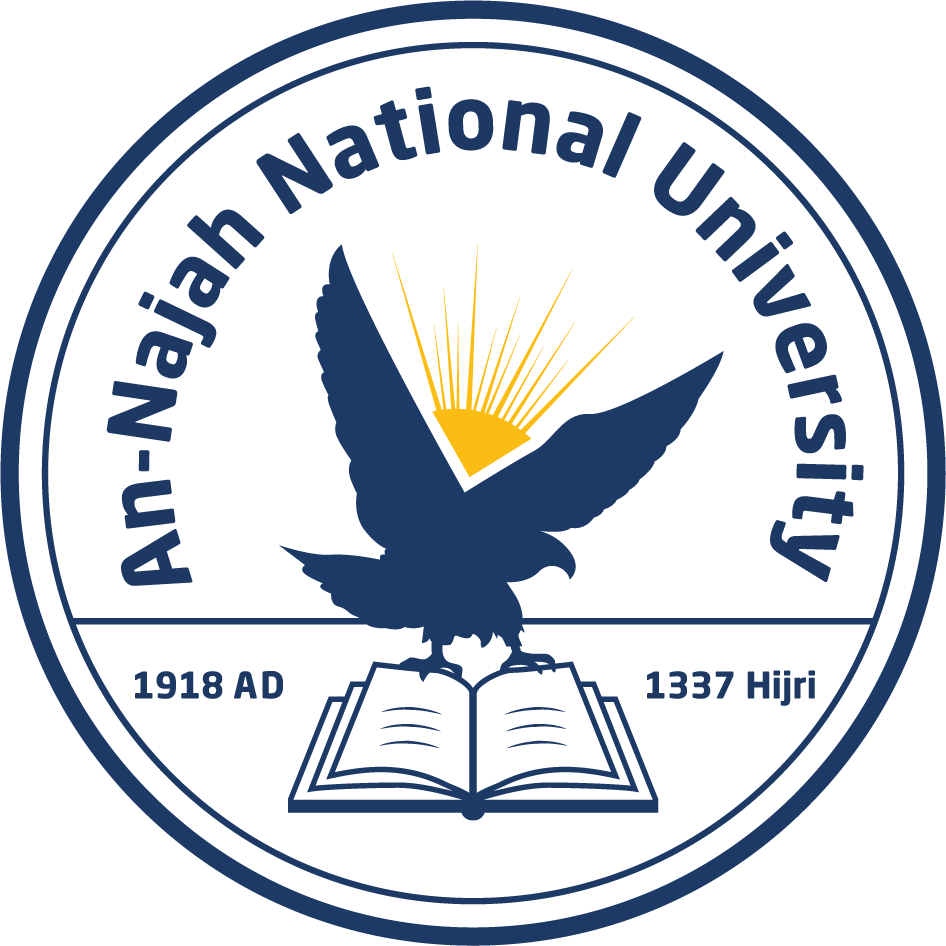An-Najah Holds the Green Buildings Virtual Exchange Symposium

On Monday, October 29, 2018, the Construction and Transportation Research Unit in collaboration with the Office of International Development and External Affairs and the Palestine Higher Green Building Council organized the Green Buildings Virtual Exchange Symposium.

The programme aimed at highlighting and recognizing the accomplishments of the 60 building and architecture-engineering students who completed a rigorous 60-hour training programme in building and sustainable technologies and competed in a design competition in collaboration with architecture students at Arizona State University via virtual exchange. The Symposium also aimed at increasing national awareness of green buildings and virtual exchange.

Prof Maher Natsheh, An-Najah’s Acting President, opened the event by thanking the guests and discussing the work the University has made towards becoming a green campus as well as the importance of the role this project has played in the University's efforts towards internationalization. Prof Maher highlighted the growing importance of virtual exchange within An-Najah’s strategic goals towards internationalization. He remarked how the Green Futures Exchange project is supported by the Aspen Institute's Stevens Initiative, which aims at building career and global competence skills for young people in the Middle East and the United States by growing and enhancing the field of virtual exchange: online, international and collaborative learning.

Dr. Mutasim Baba, the project director, discussed the programs of the Green Futures Exchange project over the last year as well as how virtual exchange has been conducted between the students in Palestine and the United States. He then paid tribute to the late Ambassador Chris Stevens, who sought to bring people in the Middle East and the United States closer.

The symposium highlighted the second cycle of the project which took place in the Spring 2018 academic semester and focused on project based teams who had to work together to create green building design models of a community centre in Balata Refugee camp. The two top ranking teams both presented their projects during the opening session of the Symposium.

Following an exhibition of all of the students’ project designs, a 'virtual' round-table took place with student participants from An-Najah a student from Arizona State University attended the session virtually. During this session, the students discussed their experiences with virtual exchange and how it has shaped their opinions about their international counterparts, education abroad, and the importance of diversity within architecture. During the roundtable, a short pre-recorded video message was shared by another ASU student who discussed his experiences and how the project helped him interpersonally and professionally.

Following this session, a round-table with Palestinian green building experts Architect Hani Hassan, Engineer Ma'moun Abu-Rayyan, Dr. Mutasim Baba, Sameh Mona and Engineer Tha'er Radi was held and involved active dialogue with the participants. This round-table focused on several issues related to student’s performance in the project, the current state of green buildings in Palestine, how virtual exchange tools can be used to support national efforts towards sustainability and green buildings, and finally feedback and recommendations for the project.

Currently, the Green Futures Exchange project is continuing into its final cycle with students engaging in virtual exchange programming from Arizona State University and An-Najah National University to learn about circular economy in team-based activities.






